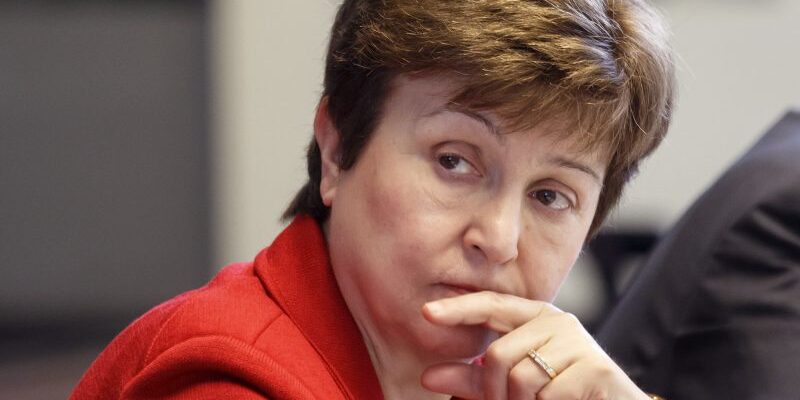THE International Monetary Fund (IMF) Chief Kristalina Georgieva has called on China to speed up restructuring of debt in Zambia and Sri Lanka following a meeting with the leaders of the country.
“We had a very fruitful exchange, both on the G20 Common Framework and on some specific cases,” she said in a statement after the meeting on Saturday, December 10, 2022.
“We need to build on the momentum of the agreement on Chad’s debt treatment and accelerate and finalise the debt treatments for Zambia and Sri Lanka, which would allow for disbursements from the IMF and multilateral development banks,” Georgieva said.
According to EconomyNext, Sri Lanka was discussions with the Export Import Bank of China as the lead lender to the island, State Minister Shehan Semasinghe told parliament.
“China has informed Sri Lanka that they will also hold bilateral discussions with the IMF and World Bank,” he said.
Semasinghe said China had been asking questions from Sri Lanka and lenders were trying to assess the impact on credits to other countries as well as the domestic economy.
EconomyNext indicated that China was a top lender to Sri Lanka along with Japan, the Asian Development Bank and Japan.
Some of China’s infrastructure loans have also been questioned for lack of proper feasibility, though a coal plant was generally acknowledged to be best investment the country had made since the 1980s and was enough to cover many since.
But China gave several so-called ‘cover up loans’ to Sri Lanka which was not linked to infrastructure or economic reforms when the country ran into Forex shortages under ‘flexible inflation targeting/output gap targeting’ compounding borrowings from sovereign bond investors.
Sri Lanka called such monetary instability linked borrowings ‘bridging finance’.
World Bank and Asian Development Bank or Japan does not give such ‘bridging finance’ or budget support loans without reforms to expand economic activities.
Sri Lanka central government net debt (after deducting foreign reserves) which was 17 billion US dollars after almost 65 years of foreign borrowings shot up to 32 billion US dollars over 7 years of extreme monetary instability.
Meanwhile foreign reserves became negative.
Source: ECONOMYNEXT












Comments